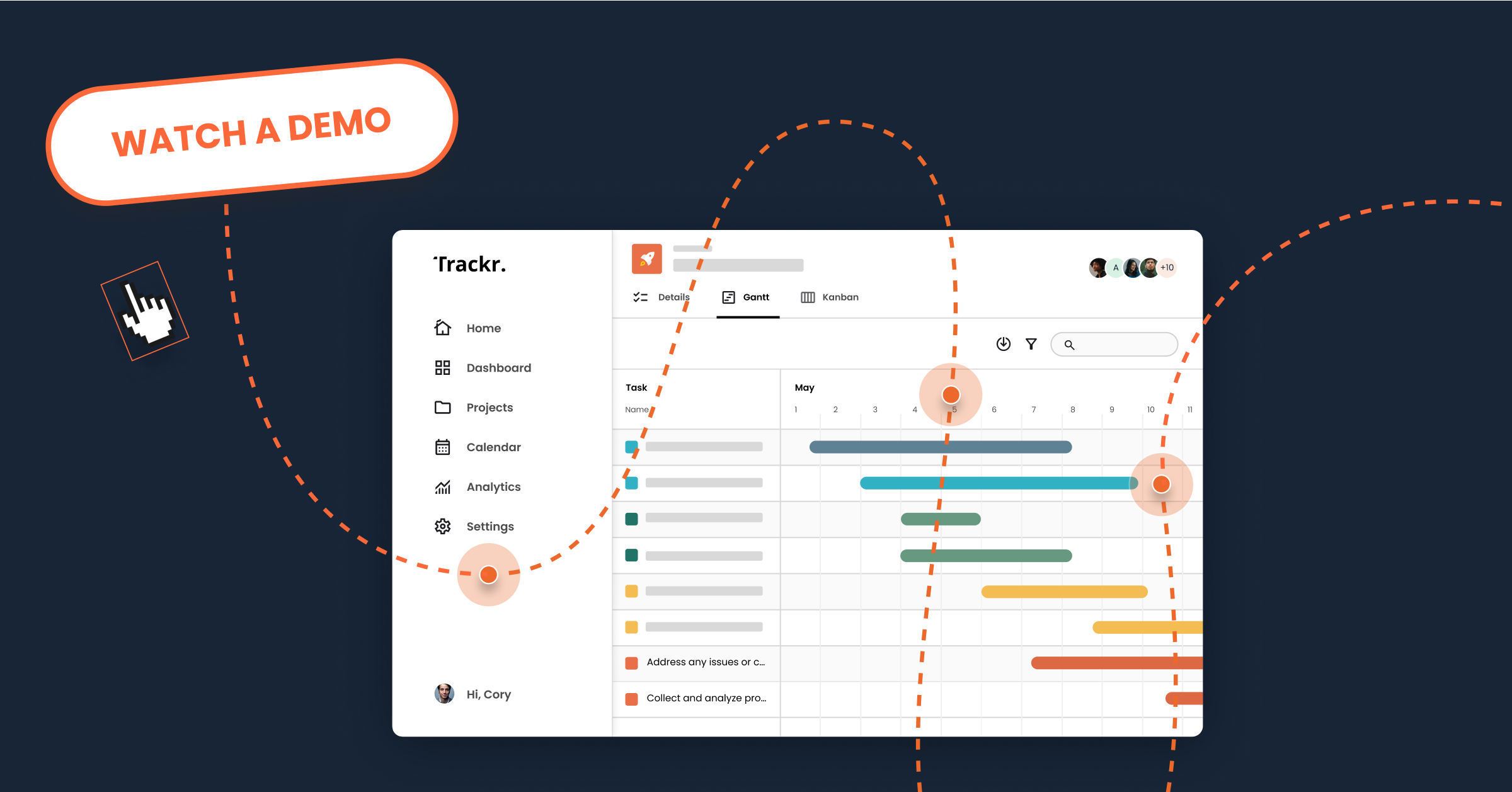Do you know what’s the biggest roadblock facing B2B sales today? Group buying dysfunction. It is dragging out sales cycles for months and months, or worse – results in a ‘no decision’ deal, where your customer decides they’d rather just stick to the status quo. If you’re in marketing, you probably think you have no control over group buying dysfunction; seems like a sales problem. Your job is to deliver qualified leads and let sales take it from there and it’s definitely up to sales to figure out who is in the buying group and work that out, right? But the truth is, this is more of a marketer’s problem than you may think.
 How Does Group Buying Dysfunction Impact the Sales Cycle?
How Does Group Buying Dysfunction Impact the Sales Cycle?
How does group buying dysfunction impact the sales cycle? We must first answer this question in order to understand marketing’s role in addressing dysfunction. According to CEB, today’s complex purchase includes 6.8 stakeholders across 3.7 different functions, inevitably leading to longer sales cycle times. This is not surprising when you consider the varying goals and objectives of nearly 7 unique decision makers. It’s a daunting task to get them all on the same page, to say the least. Sales reps rely heavily on an access stakeholder, an internal champion who helps them gain access to all the other decision makers that need to be involved. As more stakeholders get involved, there are meetings after meetings and repetitive product demos, stretching the sales cycle longer and longer.
Not only are there more people involved, there is another significant change in customer’s buying behavior that is contributing to group buying dysfunction: your customers can learn on their own. They are doing research on their own online, on LinkedIn and at tradeshows. By the time they proactively reach out to sales, they are already nearly 60% through the buying process. During this time they’ve already identified their needs, what capabilities they require and already decided what solutions will meet their needs…. All without you! You are missing out on deals that you never even knew existed and this dysfunction is happening under marketing’s watch!
Your competitors should no longer your biggest concern, it’s your customers that you need to worry about. Your customers don’t always know best and they need (and want) their hand held throughout the entire journey. The buying process is no picnic for your customers, they will appreciate support navigating through the process. In order to address the buying dysfunction that’s happening early on in the sales funnel, marketing needs to find a way to insert themselves earlier in the sales cycle. Marketers must disrupt a customer’s learning journey enough that they are compelled to take action sooner. The question that remains is how?
How Can Marketing Help Solve Group Buying Dysfunction?
Creating relevant and valuable content will always be vital, but standing alone, it is no longer enough for our customers. We need interactive content that engages the entire buying group. We need to content that helps discover stakeholders and drives consensus internally. We need content that is intraviral. Intraviral content has the capability of “going viral” inside an organization. It doesn’t matter if your marketing video on youtube goes “viral”, sure it’s great for brand awareness, but is it delivering a relevant message at the right time to your key decision makers? Not likely.
Personalized video demos are a prime example of intraviral content, they provide a highly personalized experience to each stakeholder and most importantly are inherently shareable. How do you make content intraviral? Simply create and send sales content (such as a personalized video demo) to your key sponsor or champion and they naturally share with other stakeholders, who in turn will continue to share the content internally. Because each demo personalizes itself based on responses to questions, it’s easy to see what each stakeholder’s driving interest is and how that aligns (or doesn’t) across the group.
Marketers, you play a key role in accelerating a sale by getting involved in buying group dynamics long before sales takes over. It’s important to use intra-viral demos at all stages of the sales funnel, most importantly right at the top of the funnel. Not only will you be supporting your customer’s learning journey, you will be passing a fully self-qualified prospect to sales. In fact, at Consensus we’ve found that if a prospect has engaged with a demo and then shares it with another internal stakeholder before engaging with sales, they are 81% more likely to become a qualified opportunity. Intraviral content is a powerful tool to combat group buying dysfunction at the top of the funnel, resulting in more qualified prospects and shorter sales cycles. Marketing wins, sales wins and most importantly your customer wins.





